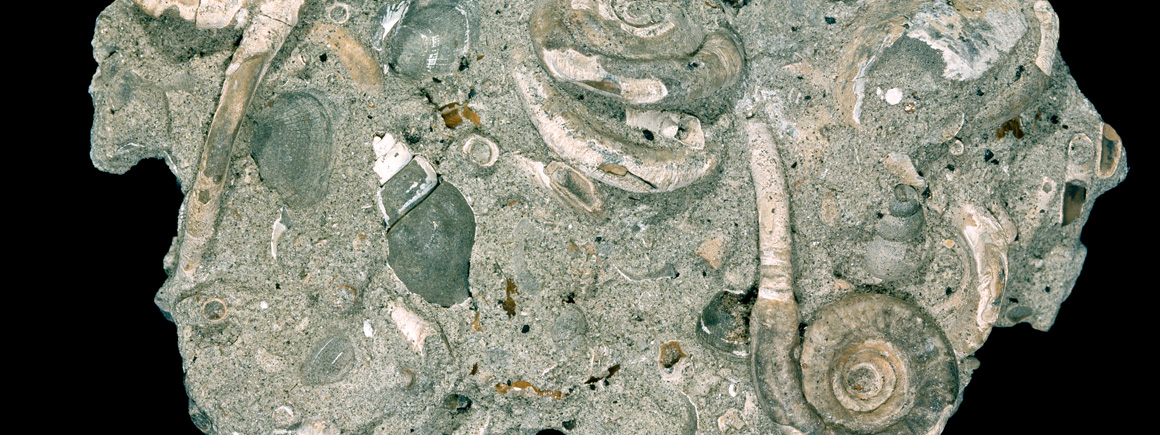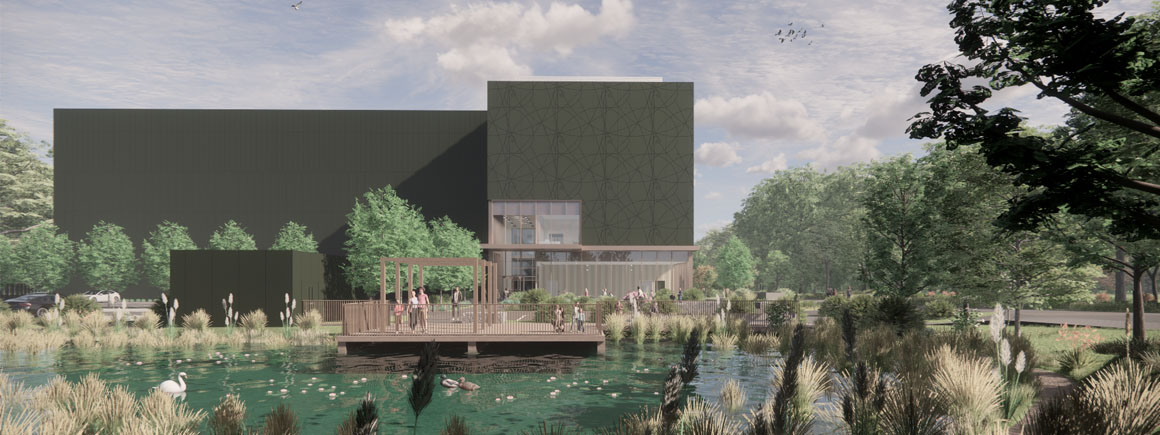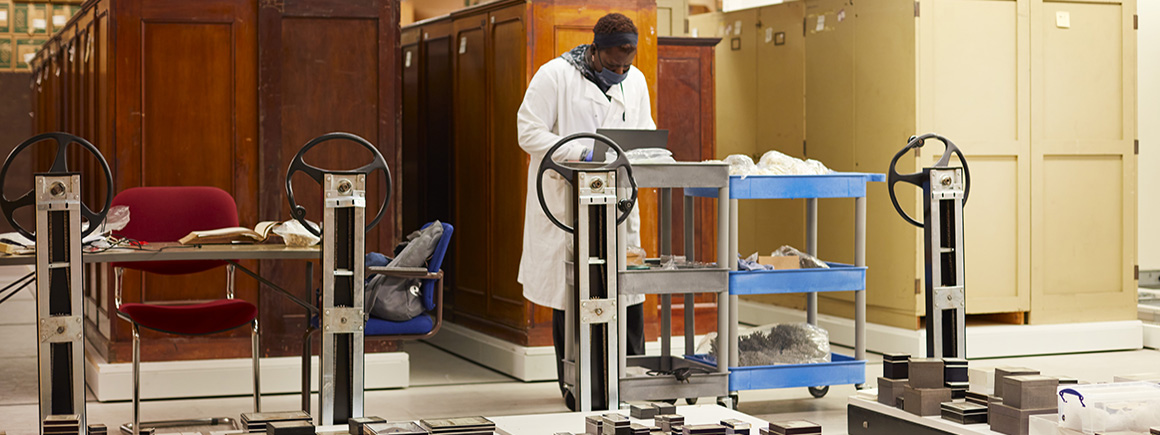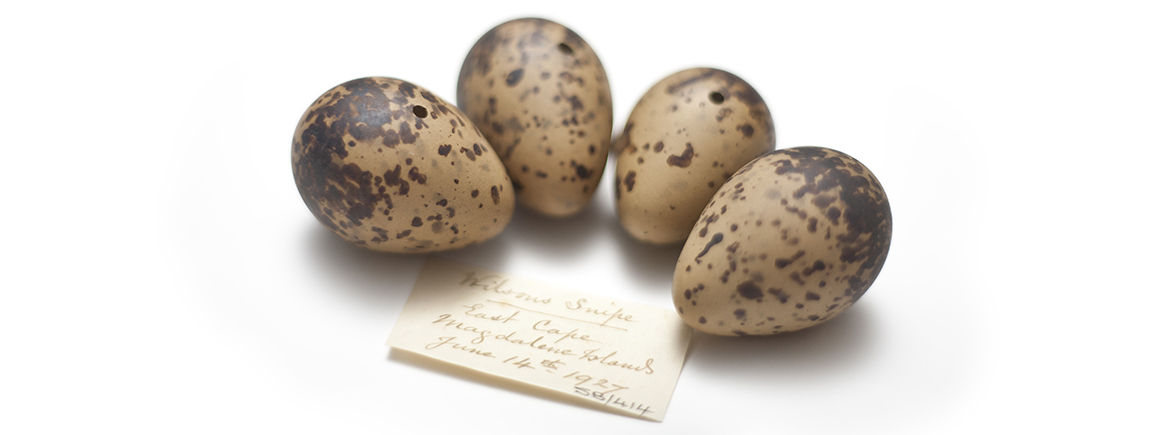Looking for a specimen?
The fossil annelid collection is being digitised

Clusters of fossil serpulid worm tubes, like these Rotularia from the British Eocene, are common fossils in many Mesozoic and Cenozoic marine rocks
The Museum’s collection of fossil annelids is both geologically and geographically diverse.
The collection contains an estimated 14,000 specimens, including type and figured specimens.
14,000
Specimens
Annelid hard parts have excellent preservation potential, but despite this specimens are rarely collected. Annelid collections tend to lack diversity and are generally focussed on a single family, the Serpulidae. Consequently, annelids form one of our smaller invertebrate collections, although all six classes of annelid are represented:
Trace fossils relating to the worms are curated separately.
The collection is enhanced by a small specialist library.
The Museum cares for many important collections linked to major characters in the history of palaeontology.
Highlights featuring fossil annelids include:
The collection is representative of oceanic islands and all continents, including Antarctica.
The fossil annelid collection is being digitised
If you would like to use any specimens for research
Lower Palaeozoic to Recent. Each class of annelid worm is represented across its full geological range.

Access to some collections will be affected as we prepare for the move to our new collections, science and digitisation centre.

Scientists and collections management specialists can visit the collections and borrow specimens for research.

Our duty is to provide a safe and secure environment for all of our collections.